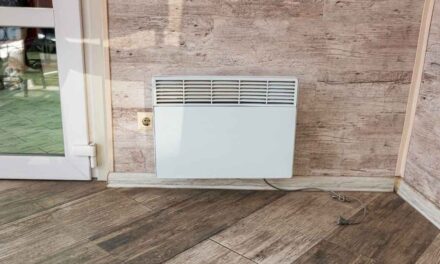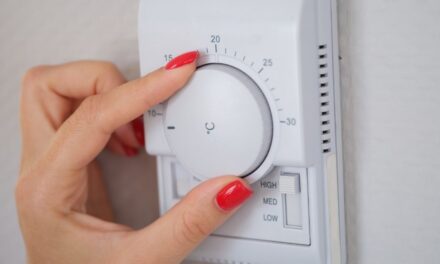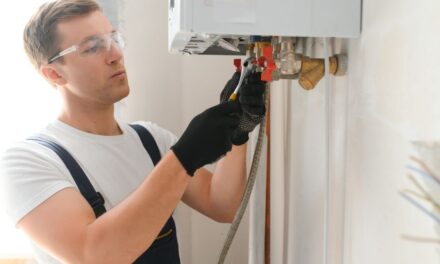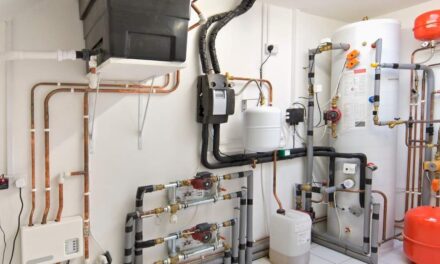Heating System- Upgrading an inefficient heating system is one of the most effective ways to improve your home’s comfort, reduce energy bills, and lower your carbon footprint. In the UK, where heating accounts for a significant portion of household energy use, making the right upgrades can have a substantial impact. This guide focuses on combining heating system upgrades with insulation to maximise efficiency and create a cosier, more sustainable home.
Why Upgrade Your Heating System?
Older heating systems are often inefficient, wasting energy and driving up costs. Upgrading to a modern, energy-efficient system can provide several benefits:
- Lower Energy Bills: Newer systems use less energy to produce the same amount of heat.
- Improved Comfort: Consistent and reliable heating ensures your home stays warm and comfortable.
- Reduced Carbon Emissions: Energy-efficient systems produce fewer greenhouse gases, helping the UK meet its net-zero targets.
- Increased Property Value: A modern heating system is an attractive feature for potential buyers.
Key Heating System Upgrades
1. Replace Your Boiler
If your boiler is over 10 years old, it’s likely inefficient. Modern condensing boilers are up to 90% efficient, compared to 60-70% for older models. Look for boilers with a high ErP (Energy-related Products) rating, which indicates energy efficiency.
2. Install a Smart Thermostat
Smart thermostats allow you to control your heating remotely and create custom schedules. They learn your habits and adjust heating automatically, reducing energy waste.
3. Upgrade to a Heat Pump
Heat pumps are an eco-friendly alternative to traditional boilers. They extract heat from the air or ground and use it to warm your home. While the upfront cost is higher, they can significantly reduce energy bills and carbon emissions.
4. Add Zonal Heating Controls
Zonal heating allows you to heat different areas of your home independently. By installing smart radiator valves or multiple thermostats, you can ensure you’re only heating the rooms you’re using.
5. Consider Underfloor Heating
Underfloor heating provides even warmth and works well with low-temperature systems like heat pumps. It’s particularly effective in well-insulated homes.
The Role of Insulation in Heating Efficiency
Upgrading your heating system is only part of the solution. Without proper insulation, much of the heat generated will escape, reducing the effectiveness of your new system. Here’s how insulation complements heating upgrades:
1. Loft Insulation
Heat rises, and an uninsulated loft can account for up to 25% of heat loss. Insulating your loft to the recommended thickness of 270mm can significantly improve energy efficiency.
2. Cavity Wall Insulation
If your home has cavity walls, filling the gap with insulation can reduce heat loss by up to 35%. This is a quick and cost-effective way to improve efficiency.
3. Solid Wall Insulation
Homes with solid walls can benefit from internal or external insulation. While more expensive, it can reduce heat loss by up to 45% and improve thermal comfort.
4. Floor Insulation
Insulating suspended timber floors or solid floors can prevent cold air from entering your home and reduce heat loss through the ground.
5. Draught Proofing
Sealing gaps around windows, doors, and skirting boards prevents cold air from entering and warm air from escaping. This simple upgrade can make a big difference in comfort and efficiency.
Steps to Upgrade Your Heating System and Insulation
1. Assess Your Current System
Start by evaluating your existing heating system and insulation. Look for signs of inefficiency, such as high energy bills, uneven heating, or cold spots.
2. Consult a Professional
A qualified heating engineer can recommend the best upgrades for your home. They can also assess your insulation needs and identify areas for improvement.
3. Prioritise Upgrades
Focus on the upgrades that will have the biggest impact. For example, replacing an old boiler and insulating your loft are often the most cost-effective improvements.
4. Check for Grants and Incentives
In the UK, government schemes like the Boiler Upgrade Scheme (BUS) and Energy Company Obligation (ECO) can help offset the cost of heating upgrades and insulation.
5. Plan for the Long Term
Consider future-proofing your home by investing in technologies like heat pumps or underfloor heating. While the upfront cost may be higher, the long-term savings and environmental benefits are significant.
Conclusion
Upgrading an inefficient heating system and improving insulation are essential steps towards a warmer, more energy-efficient home. In the UK, where heating costs and carbon emissions are major concerns, these upgrades can make a real difference.
By combining modern heating technologies with proper insulation, you can reduce energy bills, enhance comfort, and contribute to a greener future. Whether you start with a new boiler, a smart thermostat, or loft insulation, every improvement brings you closer to a more efficient and sustainable home.
Take the first step today and enjoy the benefits of a cosier, more cost-effective living space.
By upgrading your heating system and improving insulation, you’ll not only save money but also make your home more comfortable and environmentally friendly. Stay warm, stay efficient, and make the most of your heating upgrades!
https://econgn.com/the-role-of-electric-storage-heaters-in-eco3/





